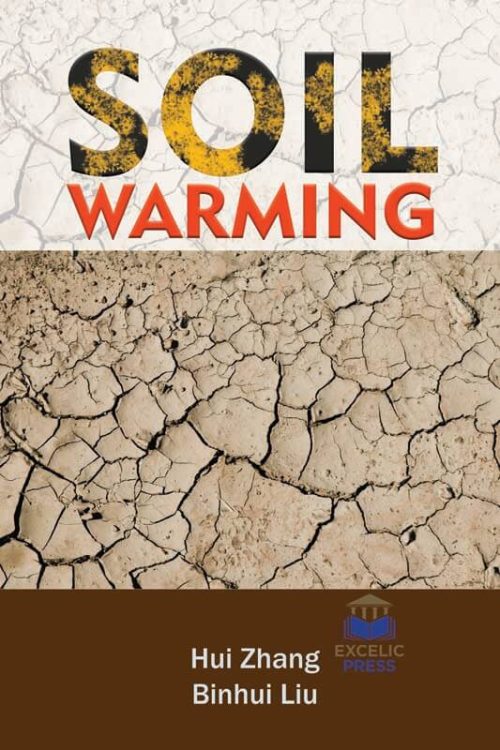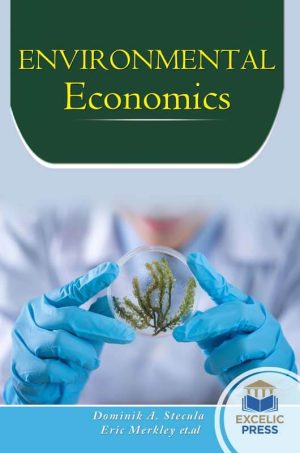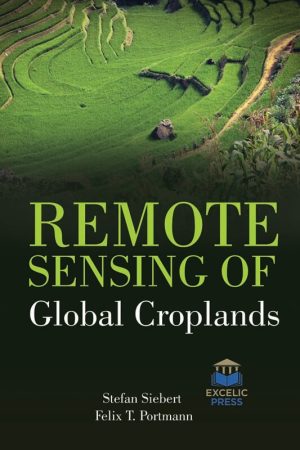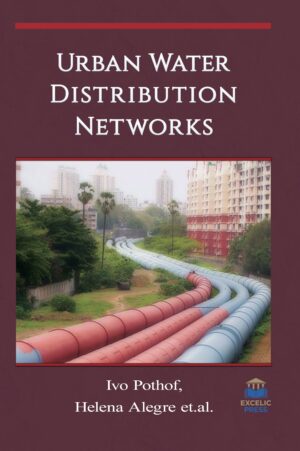Description
Since 1880, there has been a recorded increase of 0.8°C in the average global surface temperature, with a predicted rise by another 1.5°C in the next 100 years (IPCC, 2014). A substantial amount of information is already available, which shows the adverse ecological impacts of global warming, and humans have already started feeling its impacts. Using the global mean surface air temperature, it has been determined that the reported increases in mean daily temperatures are due, at least partially, to differential changes in the maximum and minimum temperatures. Due to the wide range of thermal sensitivities exhibited by coexisting species, it is predicted that global warming will result in a significant alteration of species’ physiology, biotic interactions and ultimately ecosystem functioning. Soil temperatures may play important roles in agriculture production and human activity. Global warming has caused changes in soil temperatures.
This book aims to investigate the impact of environmental temperature on the diversity, size?structure, and biomass of terrestrial plant and invertebrate communities. The book also explores the impact of soil warming on the plant metabolome of Icelandic grasslands. With climate change, ecological systems are being exposed to conditions that are outside the historic norm. Getting an understanding and learning how to predict the responses of ecosystems to these changes is integral in understanding societal responses. Experiments in which climate variables are manipulated in a controlled environment provide important insights that help in testing and developing mechanistic models of ecosystem reaction to climate change. Despite rapid changes in climate observed in many high latitudes and high altitude environments, controlled manipulations in these remote regions have largely been limited to passive experimental methods with variable effects on environmental factors. This book elaborates on a method of controlled soil warming which is can be applied at remote field locations and can be powered by alternate sources of energy. The effect that global warming has on soil organic matter, in terms of its structure, microbial communities, carbon content, and respiration response remains uncertain and widely debated. These effects are also often modulated or stay latent for a long period of time, meaning that short term experiments are not enough to study the responses of these ecosystems. This book closes with a study capitalized on a long-term reciprocal soil transplant experiment to examine the response of dryland soils to climate change.





